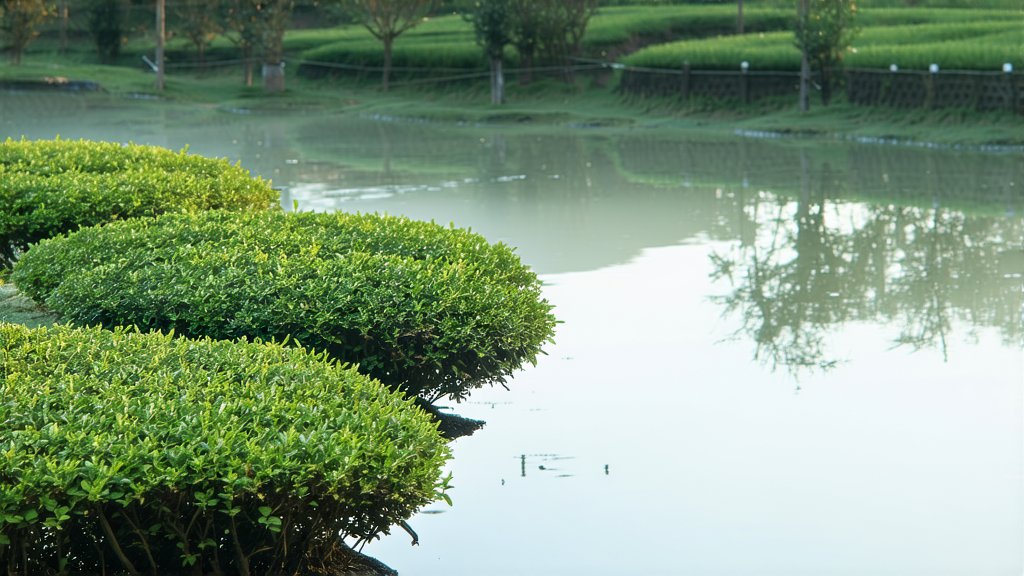
In the vast tapestry of global tea culture, few varieties evoke as much mystique and reverence as Baihao Yinzhen, a gem nestled within the heart of China's white tea category. This exquisite brew, often referred to as "Silver Needles," stands as a testament to nature's purity and the artistry of tea-making that has transcended centuries. Join us on a journey through time and tradition as we unravel the history, varieties, meticulous craftsmanship, and the nuanced art of appreciating Baihao Yinzhen.
A Historical Odyssey
The origins of Baihao Yinzhen can be traced back to the Tang Dynasty (618-907 AD), though its prominence blossomed during the Song Dynasty (960-1279 AD). It was in Fujian Province, particularly in the mountainous areas around Taimu Mountain, where this tea found its spiritual home. Legend has it that the tea was discovered when tea farmers noticed the tender shoots covered in fine white down, resembling silver needles, which hinted at its future name. Over time, Baihao Yinzhen became not just a beverage but a symbol of elegance and refinement, cherished by emperors and poets alike.
Varietals and Their Distinctions
Baihao Yinzhen primarily comes from two distinct tea plant species—Camellia sinensis var. sinensis and Camellia sinensis var. assamica. The former, grown at higher altitudes, imparts a more delicate and floral aroma, while the latter, cultivated at lower elevations, contributes a richer, fuller body to the brew. Despite these minor variations, both share the hallmark characteristics of Baihao Yinzhen: minimal oxidation, preserving their natural greenish-yellow hue and subtle sweetness.
The Craft of Minimalism
What sets Baihao Yinzhen apart is its minimalistic approach to processing, allowing the tea leaves to retain their inherent qualities. Harvested in early spring, specifically during the Qingming Festival (Around April 4th or 5th), only the youngest shoots adorned with silvery-white down are handpicked. These precious buds undergo a simple yet precise process:
-
Withering: Freshly picked leaves are spread thinly on bamboo mats under shade, allowing them to gradually lose moisture and become soft and pliable. This step enhances the natural fragrance without applying heat.
-
Drying: The withered leaves are then gently air-dried or baked at low temperatures, ensuring they maintain their pale color and delicate texture. This drying process can take several days, depending on weather conditions, highlighting the patience required for crafting this tea.
-
Sorting and Grading: Once dried, the leaves are carefully sorted to remove any imperfections, ensuring only the finest quality makes its way into the final product.
The Symphony of Taste
To truly appreciate Baihao Yinzhen, one must engage in the ritual of Gongfu Cha, a traditional Chinese tea ceremony that emphasizes precision and mindfulness. Here’s how you can embark on this sensory exploration:
-
Warm the Teaware: Begin by rinsing your teapot and cups with hot water to warm them up and enhance the tea's aroma.
-
Measure: Use approximately 3-5 grams of Baihao Yinzhen per 150ml of water. Its density allows for multiple infusions.
-
Infuse: Pour hot water (around 80-85°C) over the leaves, allowing them to unfurl gracefully. The first infusion should be brief, around 15-30 seconds, to awaken the flavors gently.
-
Observe: Watch as the pale yellow liquor reveals itself, a visual delight mirroring the tea's gentle nature.
-
Sip and Savor: Take small sips, allowing the tea to coat your palate fully. Note the initial sweetness, followed by a subtle vegetal note and a lingering aftertaste that speaks of its mountainous origins.
-
Repeat: Baihao Yinzhen gracefully yields its essence across multiple infusions, each revealing new layers of complexity.
Conclusion
Baihao Yinzhen is more than just a tea; it embodies a philosophy of simplicity, harmony, and respect for nature's gifts. From its ancient roots to the skilled hands that craft each batch, this white tea invites drinkers into a world where every sip is a journey through time and terroir. As you partake in this elegant brew, remember that you are partaking in a legacy that has been cherished for centuries, a testament to the enduring allure of Chinese tea culture.